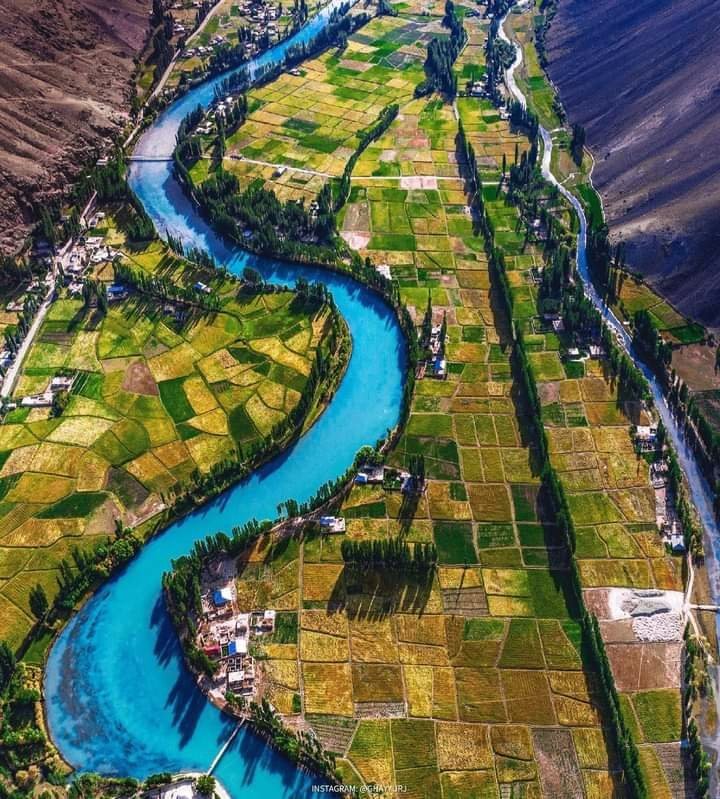By Inayat Amir
Millions of farmers in High Asia and South Asia who depend on meltwater from the Himalayas and the Hindu Kush mountain ranges will be severely affected by the increasing change in the pattern of glacier melting, says a study.
Subsequently, it will impact groundwater downstream that allows farmers to irrigate their crops, according to the study conducted by a team of international researchers using a novel model.
They have determined for the first time how great the impact of melting glaciers will be on the downstream water supply in the future, and how the pressure on different water sources will increase.
In a statement issued by the International Centre for Integrated Mountain Development (ICIMOD), an intergovernmental knowledge and learning centre, the study results will be published in the prestigious journal Nature.
“The Himalayas are a climate change hotspot: areas located at high altitude heat up faster than the rest of the planet. As a result, glacier ice is melting which affects the millions of farmers downstream who are partly dependent on glacial meltwater, the statement said.
In addition to climate change, increasing demand for water – due to expanding farmland to feed a growing population – plays an important role in determining future water shortages,” the statement read.
Arthur Lutz, a hydrologist at Utrecht University and lead author of the study says “Using a novel model, we were able to calculate very precisely where and when water will be needed in the future, and where it will come from – rainwater, groundwater, or meltwater from the mountains.”
The model integrates the effects of climate change and increasing water demand.
Lutz says, “the model incorporates changes in snowfall and glaciers in the high mountains, as well as changes in water use for downstream agricultural crops.”
This allowed the scientists to see exactly what the climate and socio-economic effects would be on South Asia’s water supply in the future.
They were also able to see how the pressure on different water sources (meltwater, rainwater, groundwater) will change.
The study also tries to explore the question “what exactly will change?”
It asserts that global warming causes glaciers to start melting earlier in the year, just when crops are being sown. This is favourable, but later in the year, when crops need the most water, there is less meltwater.
Climate change also makes rainfall more irregular, so farmers have to pump more groundwater later in the year to compensate for a shortage of rain and meltwater. The effect is exacerbated by expanding farmland needed to feed more people.
“Therefore, a lot of extra groundwater has to be pumped up, more than can be replenished,” says Hester Biemans, a researcher at Wageningen University and co-author of the new study.
“This is not sustainable in the long run,” he asserts.
Arun Shrestha, Senior Climate Specialist at the ICIMOD asserts that the “Study uses a unique cryosphere–hydrology–crop model that projects how sources of water supply such as meltwater and groundwater will shift in the future in the Indus, Ganges and Brahmaputra basins.
“The results of this study will help us to better plan agriculture and agricultural water management, which is essentially important to avoid water scarcity and the depletion of groundwater resources.”
The results of this study can be used for targeted climate adaptation and sustainable water management in this geopolitically complex region. This could include increasing water storage capacity in large and small reservoirs, using water more efficiently in agriculture, and switching to different crops or different sowing dates.
Such measures can help reduce the pressure on meltwater and groundwater resources. The researchers will continue their calculations to determine the best combination of measures.

Inayat Amir is a staff member of the High Asia Media Group.

